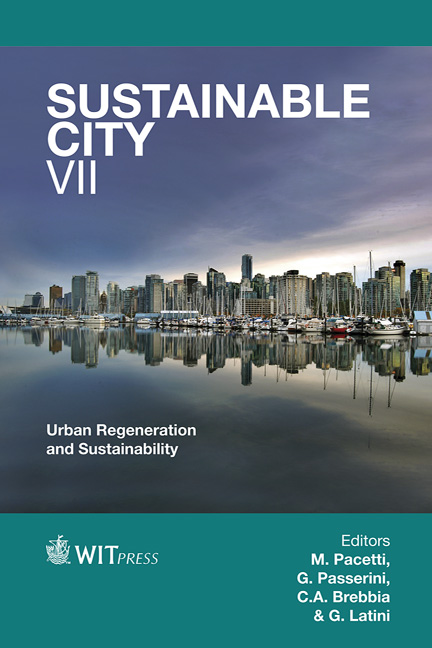Development Of Utilization Systems For Forest Residue In Hokkaido According To A Japanese Strategy For A Sustainable Society
Price
Free (open access)
Transaction
Volume
155
Pages
13
Page Range
303 - 315
Published
2012
Size
588 kb
Paper DOI
10.2495/SC120261
Copyright
WIT Press
Author(s)
S. Mori, T. Furuichi & K. Ishii
Abstract
The Japanese government has a strategy for achieving a sustainable society by integrating three societies: low carbon, a sound material-cycle, and natural symbiosis. In particular, biomass utilization is critical for achieving a sustainable society. The utilization of forest residues, which form part of the unused biomass, is expected to occur, and the target utilization ratio of forest residues is >30% by 2020. However, the current utilization ratio is 1%. It is necessary to clarify the relationship between the utilization of forest residues and the implementation of the three societies above, and to promote the strategic utilization of forest residues, particularly in Hokkaido, as it has abundant forests. Therefore, in this study, the relationship between the utilization of forest residues and the three societies was clarified regarding its effect and limitations according to the Japanese strategy for a sustainable society. Problems in the utilization of forest residues in Hokkaido were then extracted systematically by carrying out a hearing survey of specialists in Hokkaido. Based on the problems encountered, we have developed a feasible system for utilization of forest residues in Hokkaido. Keywords: sustainable society, forest residue, modeling, hearing survey. 1 Introduction The Japanese government has proposed \“The 21st Century Japanese Environmental Strategy”, which aims to achieve a sustainable society by integrating three societies: low carbon, a sound material cycle, and natural symbiosis [1]). On the other hand, the utilization of biomass is now being promoted in Japan. The utilization of biomass contributes to a low-carbon
Keywords
sustainable society, forest residue, modeling, hearing survey.





